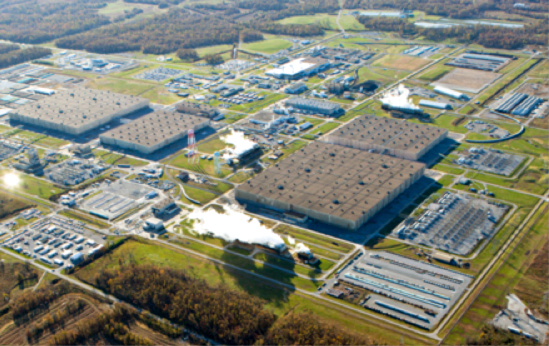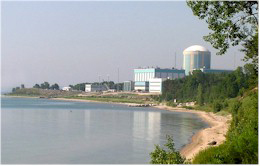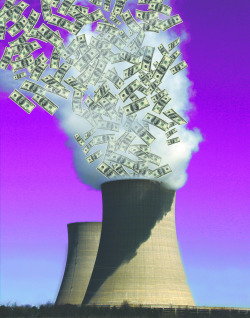Swan SONGS as Southern CA Edison throws in the towel at San Onofre 2 & 3!
 Image by J. DeStefano, 2012Southern California Edison has decided to permanently shutter its Units 2 and 3 San Onofre Nuclear Generating Stations (SONGS) reactors in Southern Cal! Congratulations to all who fought so hard for this great victory! Read the Edison press release.
Image by J. DeStefano, 2012Southern California Edison has decided to permanently shutter its Units 2 and 3 San Onofre Nuclear Generating Stations (SONGS) reactors in Southern Cal! Congratulations to all who fought so hard for this great victory! Read the Edison press release.
"This is very good news for the people of Southern California," said [a] statement from Friends of the Earth (FOE) president Erich Pica. "We have long said that these reactors are too dangerous to operate and now Edison has agreed. The people of California now have the opportunity to move away from the failed promise of dirty and dangerous nuclear power and replace it with the safe and clean energy provided by the sun and wind."
As pointed out by FOE's Damon Moglen on a press conference call, the lack of reliability, as well as the exorbitant costs (into the hundreds of millions if not billions of dollars) of needed repairs, at San Onofre 2 & 3 is what accounts for the economic uncertainty that led SCE to permanently shutdown the two reactors.
SCE claims that it has over two billion dollars in its decommissioning fund, about 90% of what is needed to do the job. However, as was demonstrated at the Big Rock Point, MI decommissioning, NRC regulations allow for significant radioactive contamination to remain in soil, groundwater, surface water sediments, flora and fauna, even as NRC allows the sites to be released for "un-restricted re-use." Thus, actually "cleaning up" a site would cost a lot more than is currently being spent (or saved up for). In addition, Big Rock Point's $366 million decommissioning bill was for a relatively tiny 70 Megawatt-electric (MW-e) nuclear power plant. San Onofre Units 1 (449 MW-e), 2 (1,146 MW-e), and 3 (1,146 MW-e) amount to a total 3,741 MW-e. How many billions of dollars it would cost to comprehensively clean up that much radioactive contamination, and radioactive waste in terms of the site's extensive facilities, is certainly more than a couple billion dollars. Hence, NRC will allow SCE to undertake but a token, shallow clean up of the site.





 June 8, 2013
June 8, 2013


